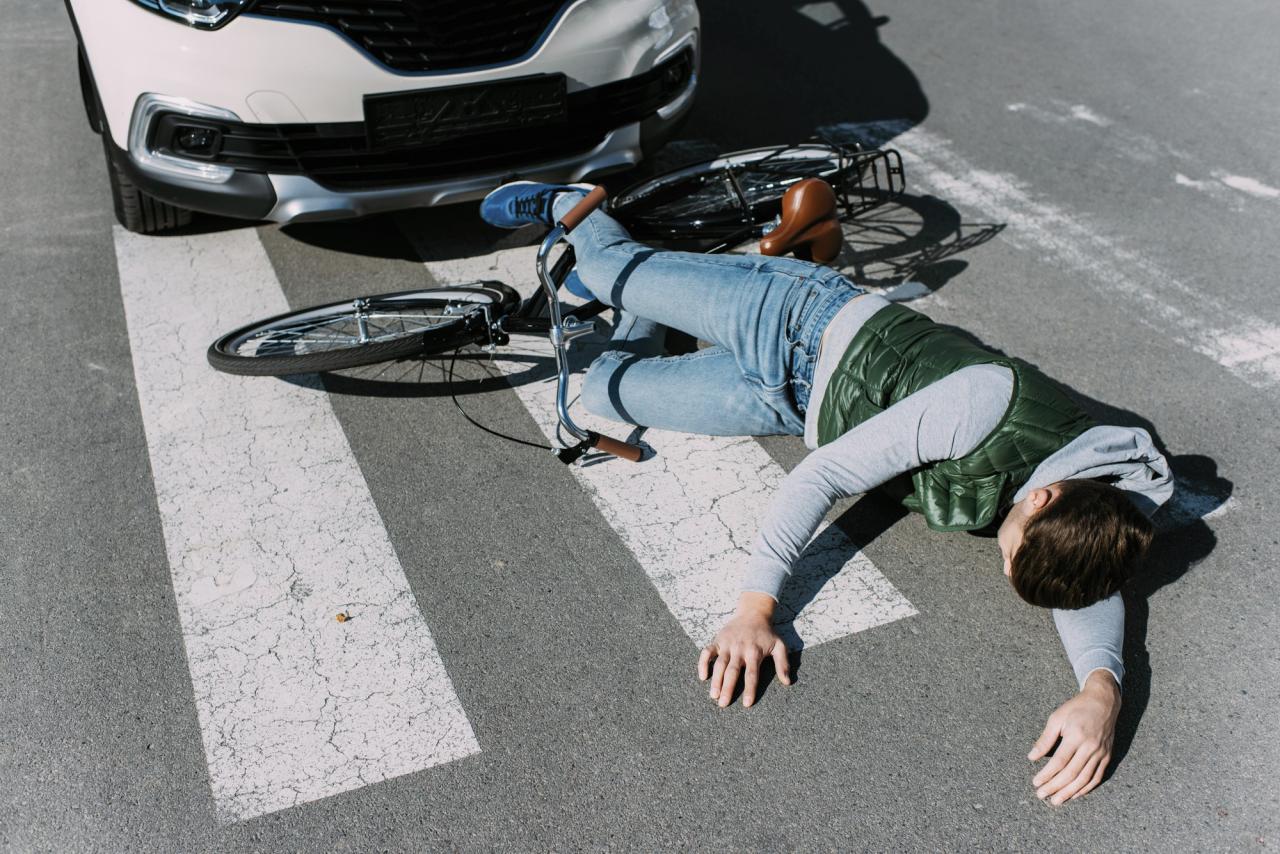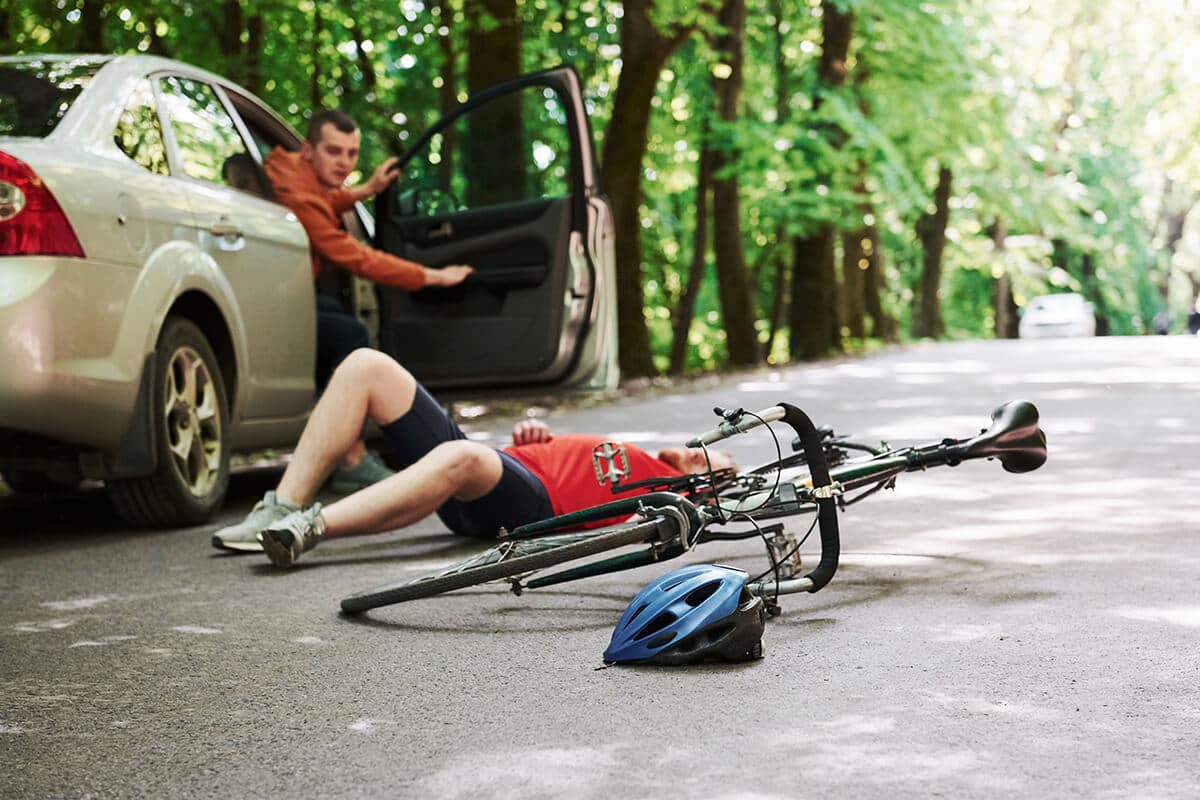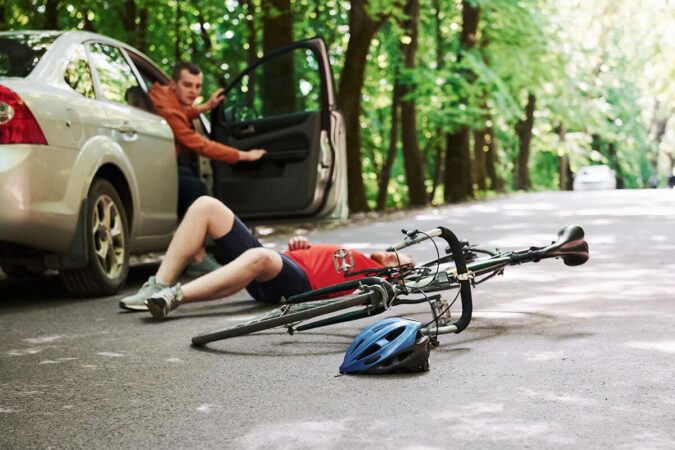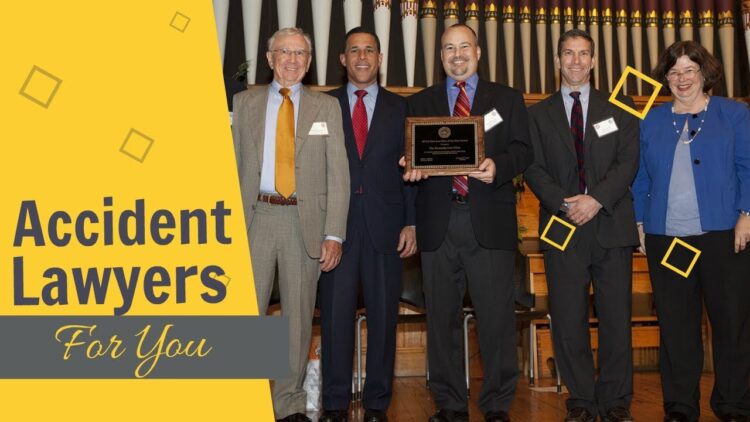
Legal Implications

Bicycle accidents can have serious legal consequences, and it’s crucial to understand the legal framework surrounding these cases.
Cyclists and motorists have specific rights and responsibilities under the law. Cyclists must obey traffic laws, wear helmets, and use proper lighting at night. Motorists must yield to cyclists, give them plenty of space, and avoid driving under the influence.
Common Legal Issues in Bicycle Accident Cases
- Negligence: Determining who is at fault for the accident is key. Negligence is the failure to exercise reasonable care, and it can be attributed to either the cyclist or the motorist.
- Liability: Once negligence is established, the at-fault party may be held liable for the damages caused by the accident. This can include medical expenses, lost wages, and pain and suffering.
- Insurance coverage: Bicycle accidents often involve insurance companies. Cyclists may have personal injury protection (PIP) coverage under their own insurance policies, while motorists may have liability insurance to cover accidents they cause.
Types of Bicycle Accidents
Bicycle accidents can occur in various ways, each with unique causes and contributing factors. Understanding the most common types of bicycle accidents can help cyclists identify potential hazards and take preventive measures.
Head-on Collisions
Head-on collisions occur when a bicycle collides with a vehicle traveling in the opposite direction. These accidents often result from:
- Motorists failing to yield the right of way
- Cyclists riding against traffic
- Poor visibility or lighting conditions
Right-Hook Collisions
Right-hook collisions occur when a vehicle turning right collides with a cyclist proceeding straight through an intersection. These accidents are typically caused by:
- Motorists failing to check for cyclists before turning
- Cyclists failing to signal their intentions
- Blind spots in large vehicles
Left-Cross Collisions
Left-cross collisions occur when a vehicle turning left collides with a cyclist traveling in the opposite direction. These accidents often result from:
- Motorists failing to yield to oncoming traffic
- Cyclists failing to stay in their lane
- Cyclists failing to use hand signals
Rear-End Collisions
Rear-end collisions occur when a vehicle traveling behind a bicycle collides with the bicycle. These accidents are typically caused by:
- Motorists following too closely
- Cyclists stopping or slowing down suddenly
- Poor visibility or lighting conditions
Dooring Accidents
Dooring accidents occur when a motorist opens a car door into the path of a cyclist. These accidents are often caused by:
- Motorists failing to check for cyclists before opening their doors
- Cyclists riding too close to parked cars
- Distracted motorists
According to the National Highway Traffic Safety Administration (NHTSA), head-on collisions account for the highest percentage of bicycle accident fatalities. Right-hook collisions are the second most common type of fatal bicycle accident, followed by left-cross collisions. By understanding the causes and contributing factors of different types of bicycle accidents, cyclists can take proactive steps to minimize their risk of involvement in these incidents.
Injuries Sustained in Bicycle Accidents
Bicycle accidents can result in a wide range of injuries, from minor scrapes and bruises to life-threatening head and spinal cord injuries. The severity of the injuries sustained in a bicycle accident depends on several factors, including the speed and type of impact, the type of bicycle involved, and the rider’s use of safety gear.
Common injuries sustained in bicycle accidents include:
- Cuts and abrasions
- Bruises
- Sprains and strains
- Broken bones
- Head injuries
- Spinal cord injuries
Minor injuries, such as cuts and abrasions, can usually be treated with first aid. However, more serious injuries, such as broken bones or head injuries, may require hospitalization and extensive medical treatment.
Long-Term Effects of Bicycle Accident Injuries
Some bicycle accident injuries can have long-term effects on the victim’s health and well-being. For example, a head injury can lead to permanent cognitive impairment, while a spinal cord injury can result in paralysis. In some cases, bicycle accident injuries can even be fatal.
Case Studies and Medical Research on Injury Outcomes
There is a growing body of medical research on the outcomes of bicycle accident injuries. This research has shown that the use of helmets can significantly reduce the risk of head injuries and death in bicycle accidents. In addition, research has shown that the type of bicycle involved in an accident can also affect the severity of the injuries sustained.
Determining Liability in Bicycle Accidents
Determining liability in bicycle accident cases is crucial for establishing fault and assigning responsibility for damages. The legal principles used to assess liability include:
- Negligence: Failing to exercise reasonable care while operating a vehicle or engaging in an activity that results in harm to another party.
- Breach of duty: Violating a legal obligation to act or refrain from acting in a certain way, leading to harm.
- Causation: Establishing a direct connection between the negligent act or breach of duty and the injuries sustained by the victim.
Comparative and Contributory Negligence
In some jurisdictions, comparative negligence is applied, allowing for the apportionment of fault between multiple parties involved in an accident. This means that even if the cyclist is partially responsible for the accident, they may still be entitled to compensation, but the amount of damages they receive will be reduced in proportion to their degree of fault.
Contributory negligence, on the other hand, bars the plaintiff from recovering any damages if they are found to be even partially at fault for the accident.
Hypothetical Scenario
Consider the following hypothetical scenario:
A cyclist is riding on a designated bike lane when a car makes a right turn and collides with the cyclist. The cyclist suffers serious injuries. An investigation reveals that the car driver was distracted by their cell phone and failed to yield to the cyclist, while the cyclist was not wearing a helmet.
In this case, the car driver would likely be held liable for the majority of the fault, as their negligence (distracted driving and failure to yield) directly caused the accident. However, the cyclist’s failure to wear a helmet may be considered contributory negligence, reducing the amount of damages they are entitled to receive.
Compensation for Bicycle Accident Victims

Bicycle accident victims may be entitled to compensation for their injuries, damages, and losses. The types of compensation available depend on the specific circumstances of the case.
Factors considered in calculating damages include:
- Medical expenses
- Lost wages
- Pain and suffering
- Emotional distress
- Loss of enjoyment of life
Successful settlements or jury awards in bicycle accident cases vary depending on the severity of the injuries, the extent of the damages, and the jurisdiction in which the case is filed. However, some notable examples include:
- In 2021, a cyclist in California was awarded $1.2 million after being struck by a car while riding on a designated bike path.
- In 2019, a jury in New York awarded $3 million to a cyclist who suffered a traumatic brain injury after being hit by a taxi.
- In 2018, a settlement of $500,000 was reached in a case involving a cyclist who was injured in a collision with a bus.
Hiring a Bicycle Accident Lawyer
Engaging a bicycle accident lawyer is crucial to safeguard your rights and maximize compensation. Lawyers possess specialized knowledge, experience, and resources to navigate the complexities of bicycle accident cases effectively.
Role of a Lawyer in Bicycle Accident Cases
A lawyer plays a multifaceted role in handling bicycle accident cases, including:
– Conducting thorough investigations to gather evidence
– Negotiating with insurance companies on your behalf
– Preparing and filing legal documents
– Representing you in court if necessary
– Ensuring you receive fair compensation for your injuries
Tips for Finding and Selecting the Right Lawyer
Choosing the right lawyer is essential. Consider the following tips:
– Look for lawyers with experience in handling bicycle accident cases.
– Check their track record and success rate.
– Read reviews and testimonials from past clients.
– Schedule a consultation to discuss your case and assess their communication skills and professionalism.
– Ensure they are licensed and in good standing with the state bar association.
Prevention of Bicycle Accidents

Bicycle accidents are a prevalent concern, but they can be significantly reduced by implementing effective preventive measures. Understanding the causes of bicycle accidents and adopting proactive strategies can help cyclists minimize risks and enhance their safety on the road.
One crucial aspect of bicycle accident prevention is utilizing appropriate safety equipment. Wearing a properly fitted bicycle helmet is paramount, as it can significantly reduce the risk of severe head injuries in the event of a fall or collision. Other essential gear includes reflective clothing or accessories, lights for nighttime visibility, and a bell or horn to alert other road users.
Bicycle Safety Infrastructure
Adequate bicycle infrastructure is essential for promoting safe cycling. Dedicated bike lanes, protected intersections, and well-maintained roads can provide cyclists with a separate and secure space on the road, reducing the likelihood of conflicts with motor vehicles. Additionally, traffic calming measures such as speed bumps, roundabouts, and pedestrian crossings can help slow down traffic and create a safer environment for cyclists.
Bicycle Safety Education
Educating cyclists and motorists about bicycle safety is crucial for preventing accidents. Cyclists should be aware of traffic laws, proper hand signals, and defensive riding techniques. Motorists, on the other hand, need to be educated about the rights and vulnerabilities of cyclists, and how to share the road safely. Educational campaigns, public service announcements, and school programs can effectively raise awareness and promote responsible behavior among all road users.





